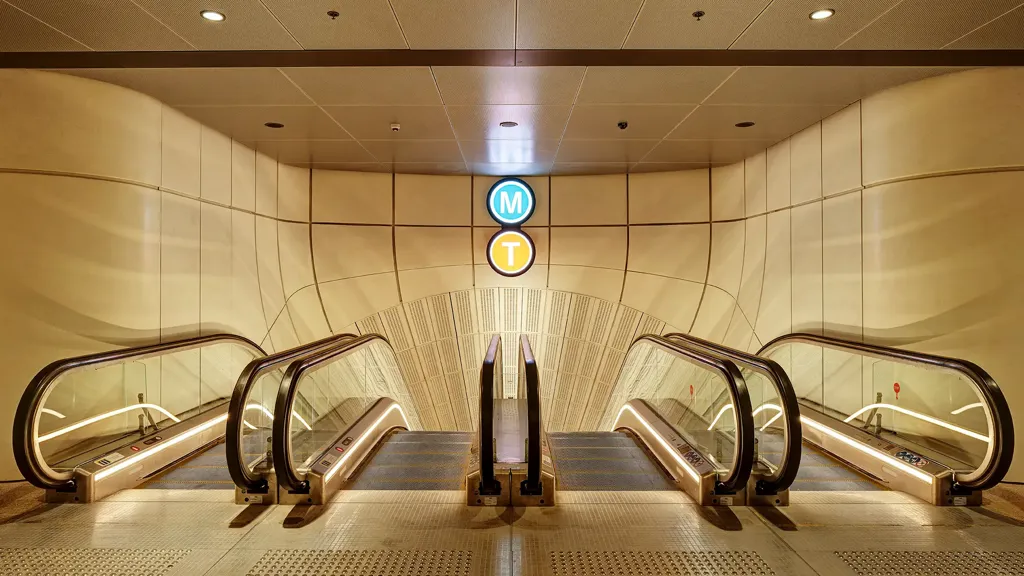The sheer sense of scale and unique historic detail has seen the adaptive reuse of former industrial buildings on the rise over the past two decades. But how do you turn a former railway maintenance depot into the cultural heart of a city?
Together with Civic Architects, Inside Outside, and Braaksma & Roos, the City of Tilburg appointed Arup to provide multidisciplinary services for LocHal, a cultural destination that breathes life into an iconic industrial site. Arup was appointed to provide structural and building services engineering, as well as building physics and sustainability consultancy for the project. Our engineers also provided advice on fire safety, specialist lighting and acoustic design.
The new mixed-use building is a hub for knowledge sharing, housing the Midden-Brabant Library, co-working space and a range of local cultural centres, including an investment fund and a regional knowledge institute.
As well as rescuing the Dutch Railways’s 1932 (NS) building, LocHal acts as a catalyst in the redevelopment of 75 hectares of former railway space in Tilburg. Located in middle of a public transport node, LocHal includes a variety of public hangouts, study and learning places including a café and reading room, bleacher-style seating for performances and presentations, and exhibition spaces.
Adaptable and sustainable: shaping tomorrow’s library
Sustainable climate design and temperature control was one of the key challenges in the design of LocHal: as a public meeting space, providing energy-efficient climate control for this huge, multi-purpose industrial shell was going to prove complex. By combining detailed on-site research with advanced simulation models in the design process, our team of engineers was able to bring to life the ambitions of both the client - the City of Tilburg - and the architects.
The design response is based on flexible, user-controlled heating: seating in the bleachers is heated and cooled, while all smaller offices have their own temperature control.
Lighting and acoustic design celebrates industrial heritage
Using a sequential approach, our engineers and designers sought to maximise and reuse all the different heritage elements of the hall. The large glass façade and partially restored roof lights allow daylight to flood the building, with artificial light points strategically placed where needed. The lighting designers sought to retain the industrial heritage luminaires, which were retrofitted with new technology.
Our acoustic consultants carried out extensive simulations to assess the expected noise levels associated with the various activities in different parts of the building. This enabled the client and design team to make intelligent decisions at an early stage to ensure appropriate acoustics throughout the building.









